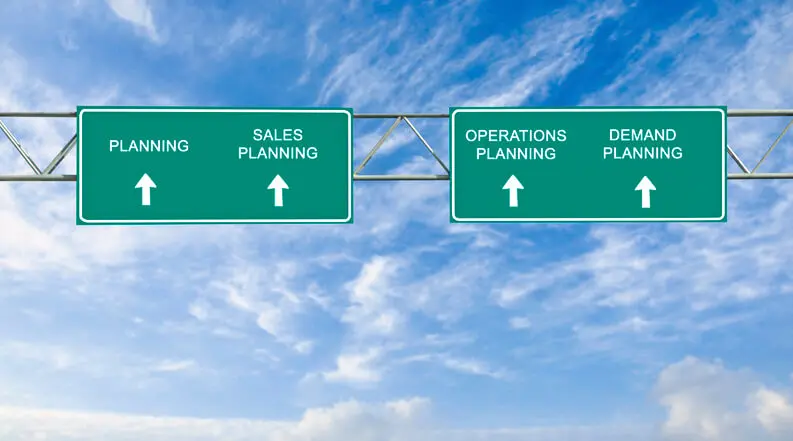One mistake many companies using Shopify make is forecasting their ability to supply goods or services rather than actual customer demand. At the beginning of the forecast cycle, it is important to create predictions that are not constrained by the firm’s capacity to produce.
Consider the forecaster for a certain product who questions the Shopify’s previous sales and learns they could sell 1,500 units per month. At the same time, current manufacturing capacity for that product is 1,000 units per month. If the forecaster takes that production capacity into account when creating initial forecasts, and predicts 1,000 units, there is no record of the unmet demand of 500 units per month, and the information on where to expand manufacturing capacity is lost.
This problem often occurs when historical Shopify sales are only used as the basis for generating forecasts. Forecasting shipments will only predict a company’s previous ability to meet demand. Suppose demand for a particular product in the past had been 10,000 units per month, but the supplier could only ship 7,500.
Corporate history would show shipments at 7,500 units per month, thus causing this amount to be projected and produced again the following month. The result is twofold: the impression of an accurate forecasting system, but a recurring unfulfilled monthly demand of 2,500 units. Forecasting based on shipping history only leads a company
to repeat its former mistakes of not satisfying customer demand.
Predicting actual demand allows measurement of the disparity between demand and supply so it can be reduced in future periods through plans for capacity expansion.
This is why at Intuendi we work with our Shopify customers to understand their business and actually their stock levels so our technology can spot lost opportunities due to poor forecasting, stock-outs or not accounting for promotions!
Test drive Intuendi with your Shopify account to see what revenue you might have lost today!






